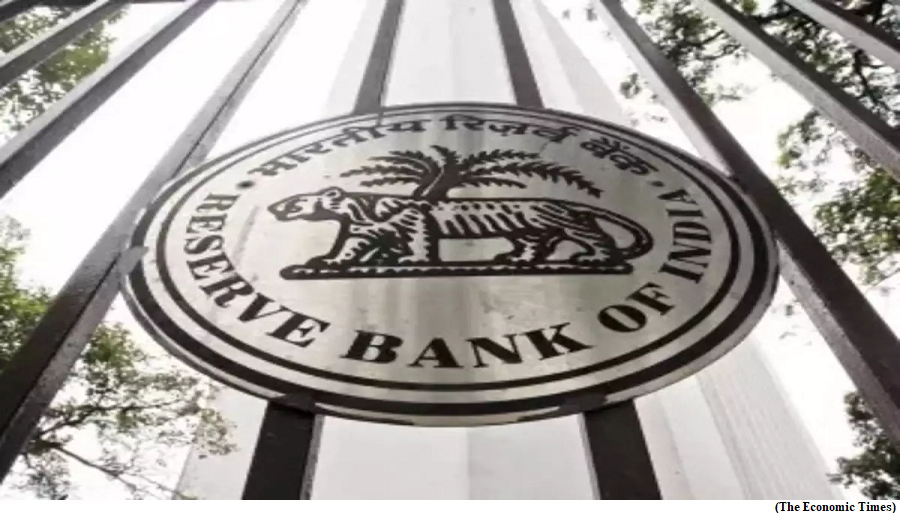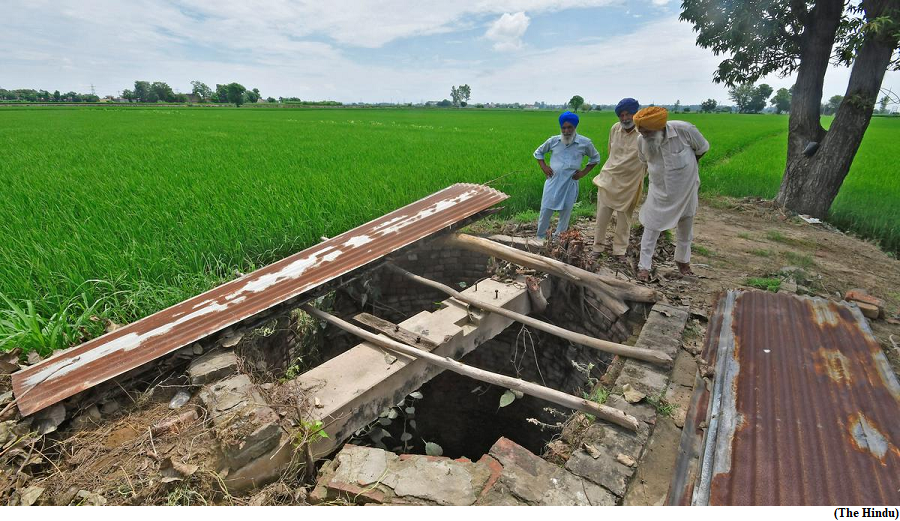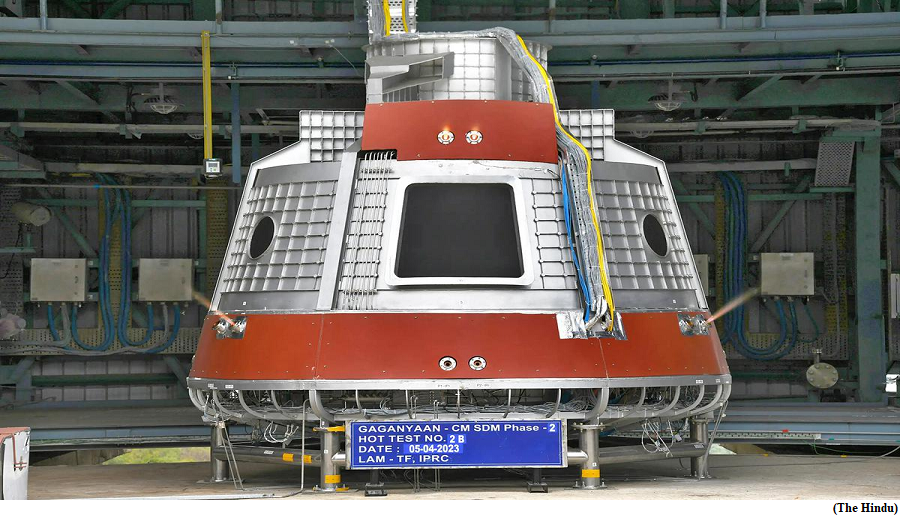Banks to launch 100 days campaign to trace, settle unclaimed deposits, RBI (GS Paper 3, Economy)

Why in news?
- Recently, the Reserve Bank of India announced a special 100 days campaign under which banks trace and settle their top 100 deposits in every district of the country.
- The banks will commence the campaign from June 1, 2023.
What are unclaimed deposits?
- Balances in savings/current accounts which are not operated for 10 years, or term deposits not claimed within 10 years from date of maturity are classified as ‘unclaimed deposits’.
- These amounts are transferred by banks to ‘Depositor Education and Awareness’ (DEA) Fund maintained by the Reserve Bank of India.
Web portal:
- Recently, the RBI has also announced the setting up of a centralised web portal for public to search unclaimed deposits across multiple banks.
- The RBI from time to time, through its public awareness initiatives, has been encouraging members of public to identify and approach the bank concerned for claiming such deposits.
Way Forward:
- This measure will complement the ongoing efforts and initiatives by the Reserve Bank to reduce the quantum of unclaimed deposits in the banking system and return such deposits to their rightful owners/claimants.
Groundwater exploitation is silently sinking the ground beneath India feet
(GS Paper 3, Environment)
Why in news?
- Cracks in buildings and ‘sinking’ land in Joshimath, a hill town in Uttarakhand, made national headlines earlier in 2023.
- A similar phenomenon has been playing out for years in the plains of Punjab, Haryana, Delhi and Faridabad. The unlikely culprit is excessive groundwater extraction.

Situation in North-West India:
- Agricultural practices in north-west India are heavily dependent on groundwater withdrawal. With limited monsoon rain, the groundwater table is precariously low, show data gathered for years by the Central Ground Water Board (CGWB).
- In Punjab, for instance, 76% of the groundwater blocks are ‘over exploited’. In Chandigarh, it is 64% and about 50% in Delhi. This means that more groundwater than can be recharged is extracted.
- Over time, when the underlying aquifers (deep water channels that are stores of percolated water) aren’t recharged, they run dry and the layers of soil and rock above them start to sink.
Consequences of ‘over exploitation’:
- The digging operations that were carried out hundreds of metres below the ground for coal, oil and gas through the years had shown examples of ‘soil settlement,’ or the soil sinking in to fill voids created from mining.
- From here it was surmised that if oil and gas extraction cause subduction (sinking), then surely groundwater also ought to be playing some role.
- The CGWB, a subsidiary body of the Jal Shakti Ministry, is tasked with assessing the state of India’s groundwater resources.
- It has a system of groundwater observation-wells and monitors water levels four times a year. It, however, does not analyse the consequences of ‘over exploitation.’
Data on NCR:
- A research team used data from the Sentinel-1 satellite (different from GRACE) to show that from 2011-2017, the National Capital Region sunk, on an average, 15 mm per year.
- Urbanisation and unplanned growth were major factors and this exacerbated groundwater withdrawal.
- Parts of Delhi-NCR that saw subsidence were far away from tectonic (earthquake-linked) fault lines.
Gaganyaan, parachutes for reentry capsule sent to ISRO facility in Bengaluru
(GS Paper 3, Science and Technology)
Why in news?
- Indigenously developed parachutes for the safe return of the capsule that will carry astronauts under the proposed Gaganyaan programme are set to undergo fitment tests at an Indian Space Research Organisation (ISRO) facility in Bengaluru in July.
- Gaganyaan envisages putting a crew of three astronauts in low-earth orbit.

Developers:
- The Aerial Delivery Research and Development Establishment (ADRDE), the Agra-based laboratory under the Defence Research and Development Organisation (DRDO), has developed the parachutes for India’s manned space flight programme, Gaganyaan.
Configuration:
- The parachute configuration consists of 10 parachutes. During flight, the sequence starts with deployment of two parachutes of “apex cover separation parachute”, which is protection cover for the crew module parachute compartment, followed by two more of “drogue parachute deployment” to stabilise and bring down the velocity.
- Upon the drogue parachute release, three parachutes of the “pilot parachute” system will be used to extract three parachutes of the “main parachute” individually, to reduce the speed of the crew module to safe levels during its landing.
Way Forward:
- The Test Vehicle Demonstration (TVD-1) flight will be a significant milestone toward realising the nation’s ambitious Gaganyaan programme.




